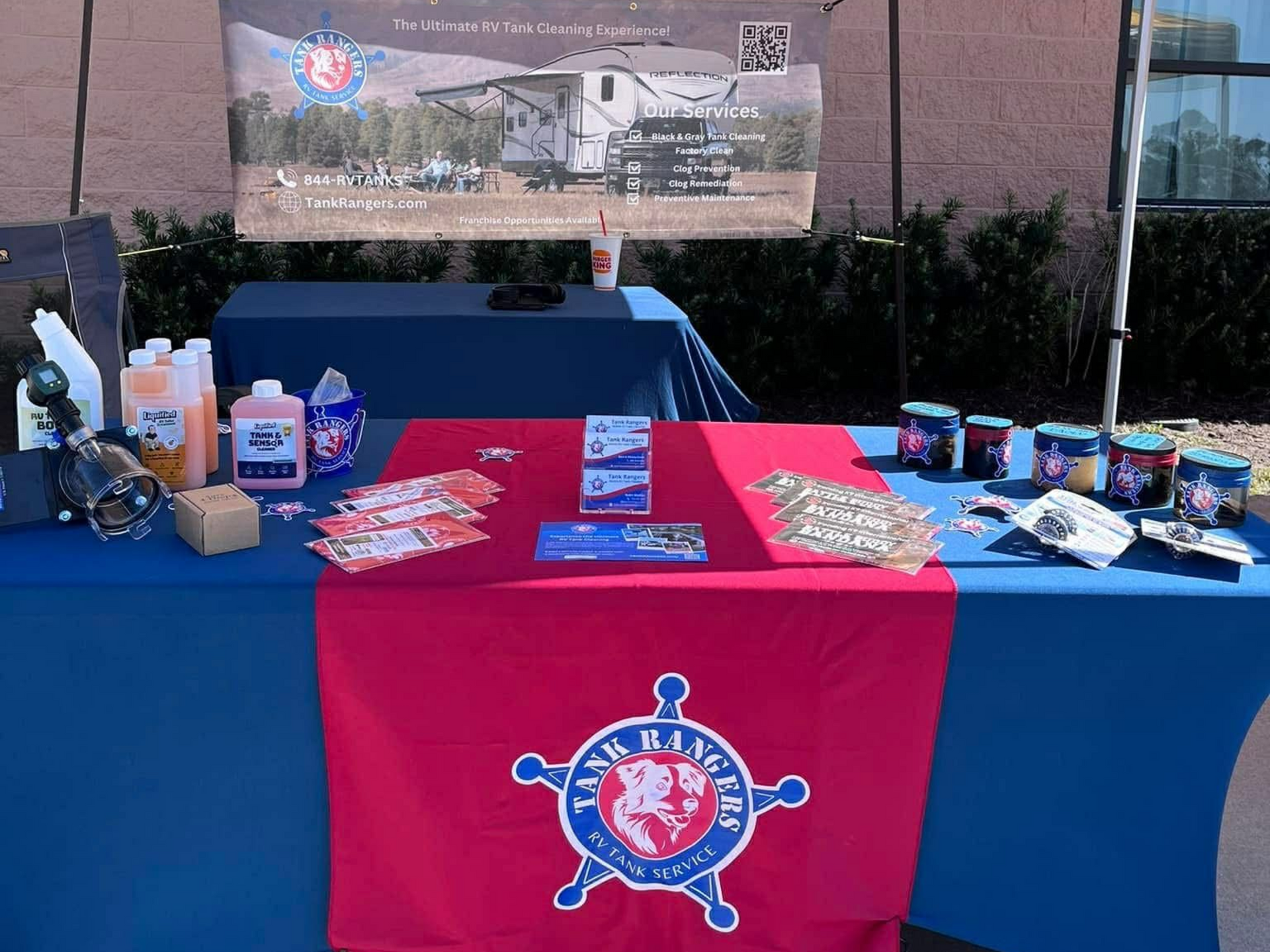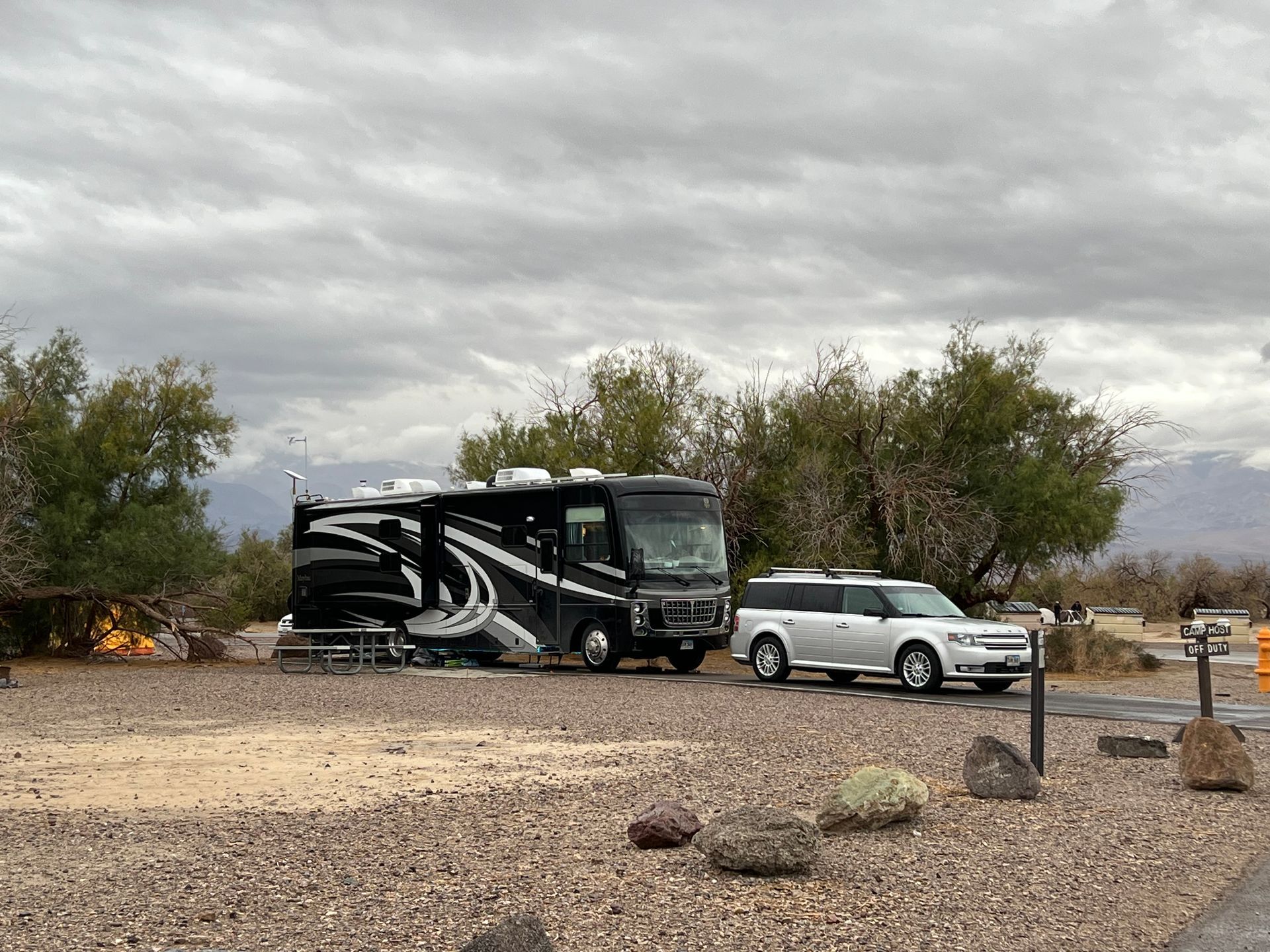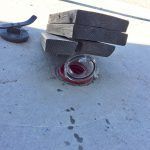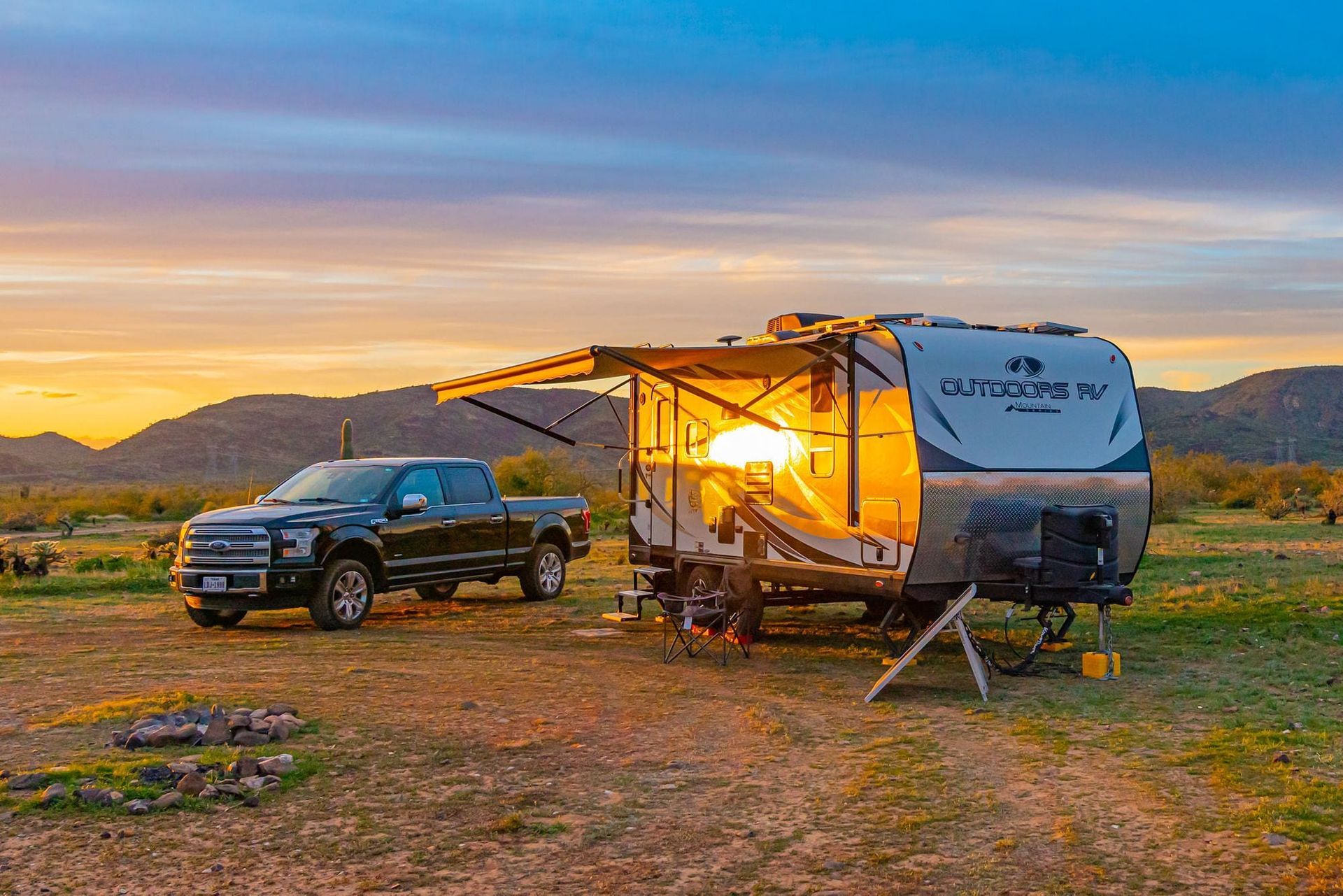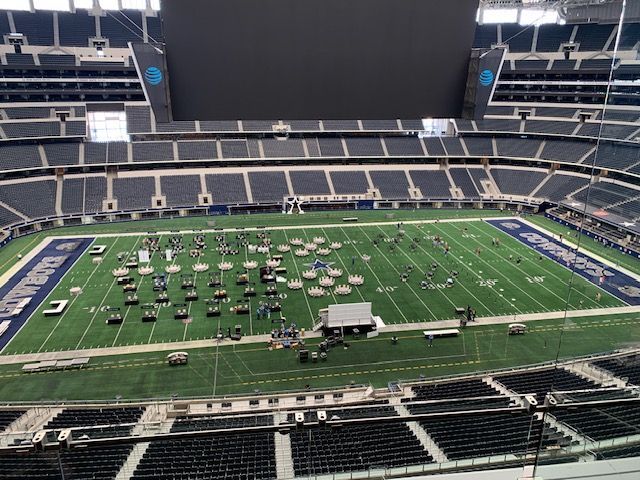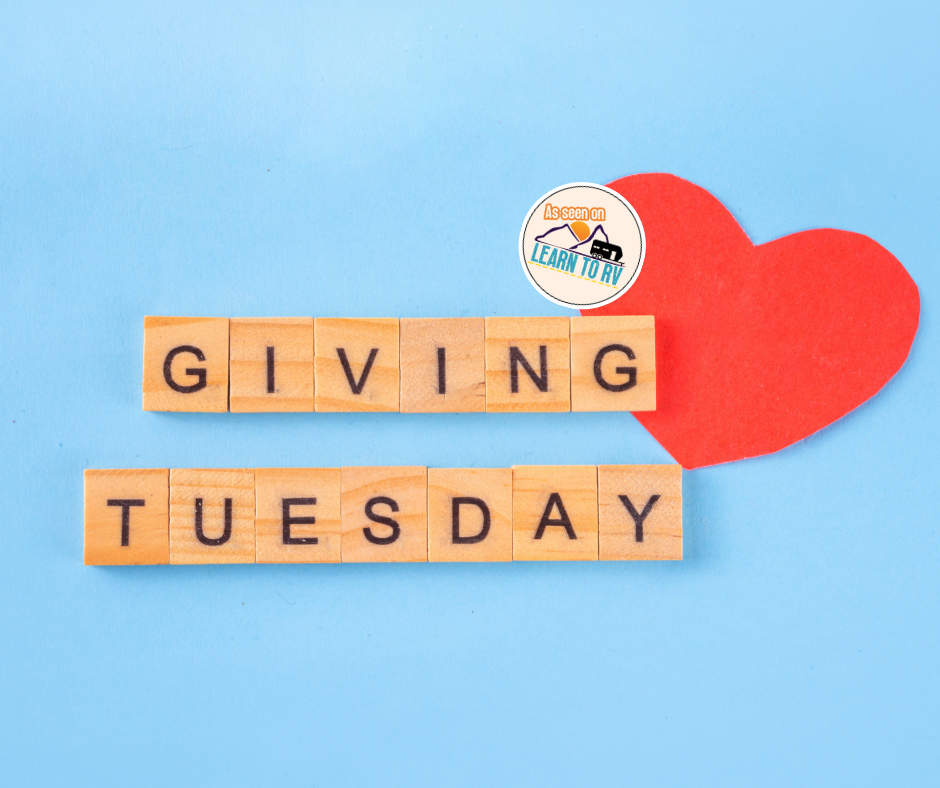Dumping Tanks at a Dump Station
Doug S • April 30, 2025
I have no shame in saying that we are RV park queens and often slaves to full hookups. But recently I bought a sewer bladder (like a Blueboy/turd hearse only made of cloth) that lets me dump my tanks, we’ve started staying at places without sewer hookups. It’s nice because it is cheaper and, often times, more scenic- as was the case at a tiny little park in Picabo, Idaho just outside of Craters of the Moon National Park (which is beautiful, by the way!).
Dumping at a dump station is pretty straight forward:
Pull up to the dump station
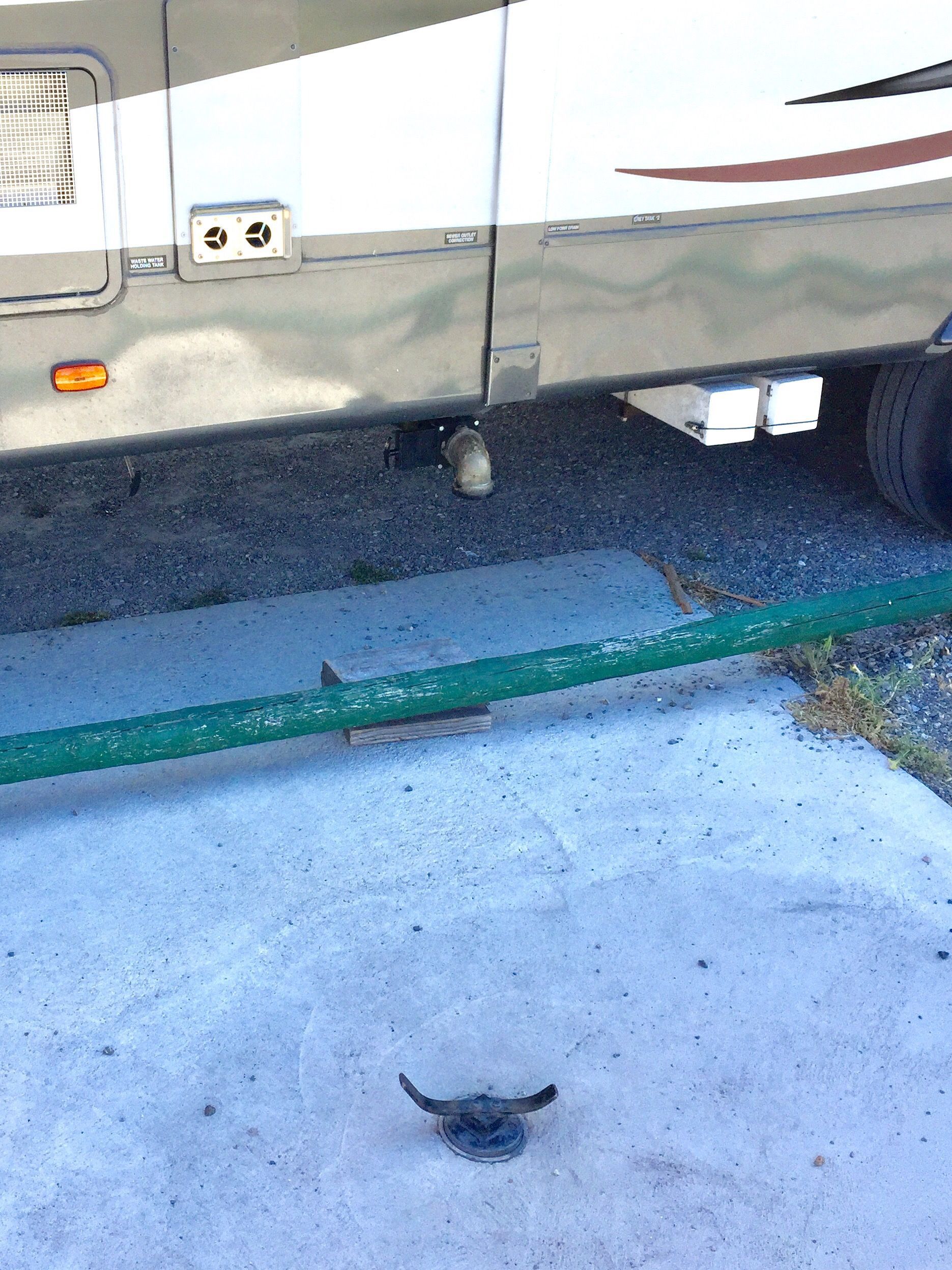
Try to make sure your camper’s sewer outlet is generally lined up with the station’s hole in the ground. If you have 2 sewer outlets on your camper, you’ll either line one up and move OR just line up so that you’re about in the middle and stretch the hose to each.
Glove up
To wear gloves or to not wear gloves is a great debate. While I don’t typically use gloves on a site with full hookups, I do wear gloves at a dump station because on my site, I can easily go inside and wash my hands. At a dump station, I usually move the truck/camper before I can go wash up.
Use your 90-degree elbow + secure it
Even with the elbow, it helps to put some weight on it. Almost all dump stations have something - Picabo Angler had some wood; other places have rocks or wood or even bowling pins.
Elbows are often sold in sewer kits but also sold separately.
Connect sewer hose
I shouldn’t have to say this, but I’ve heard enough 2nd-hand stories of people driving up to dump stations and supposedly just letting ‘er rip right out of the camper’s sewer outlet. It mostly flows to the cement catch at the dump station and then they blissfully pull away (usually walking through the mess). Yuck.
So seriously, connect your sewer hose to the camper’s sewer outlet and the 90-degree elbow you put into the ground (or, if you go without- lined up and secured at the dump hole).
Let the sh#$…err, stuff fly
Pull the handles for the tanks you’re dumping. Black first and then gray so your sewer hoses are slightly less gross (don’t let anyone tell you otherwise- gray water is nasty too!). Be mindful when you first pull the gray that the force doesn’t knock your hose out of the dump hole; it happens if you aren’t well secured.
Courtesy first, if no line- feel free to flush your tanks
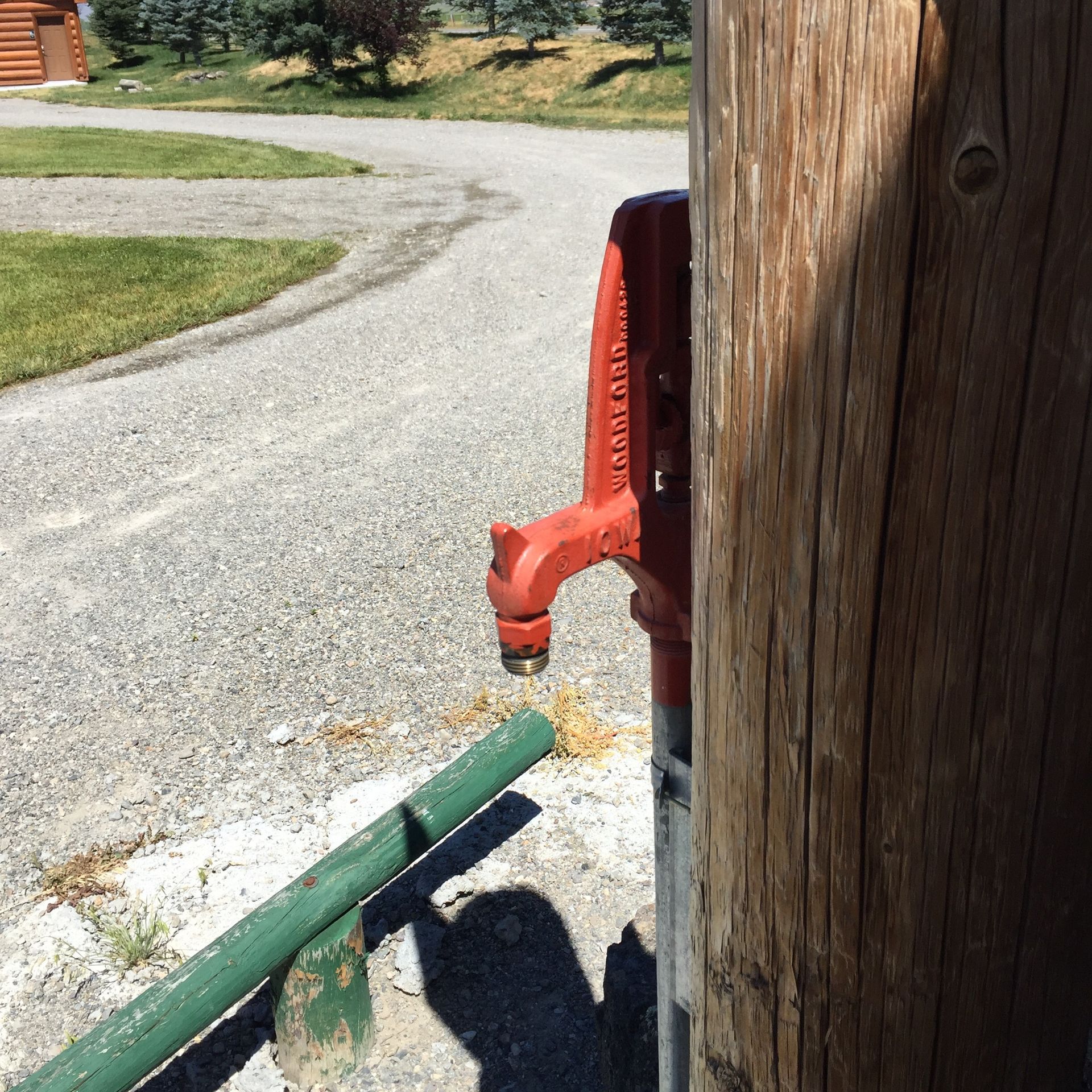
If there isn't anyone waiting behind you, feel free to flush your tanks. This is tricky as sometimes there is a threaded hose connection and others there isn't When there isn't a threaded hose connection, sometimes a Water Bandit will help.
Put everything away
Yep, you’re not leaving your stuff just laying around and driving off. Put away the elbow and sewer hose.
Discard gloves/sanitize hands
Throw the gloves away and wash or sanitize your hands- e coli is no joke!
Do a last walk-around
As I’ve said before, I’m a proponent of a final walk-around before getting into the driver’s seat and driving away. So do one last walk around of your tow/towed vehicle and RV.
Drive off into the sunset
Hopefully you’re headed to another campground and extending your trip for a spell. (smile)
Other blogs you might like...

